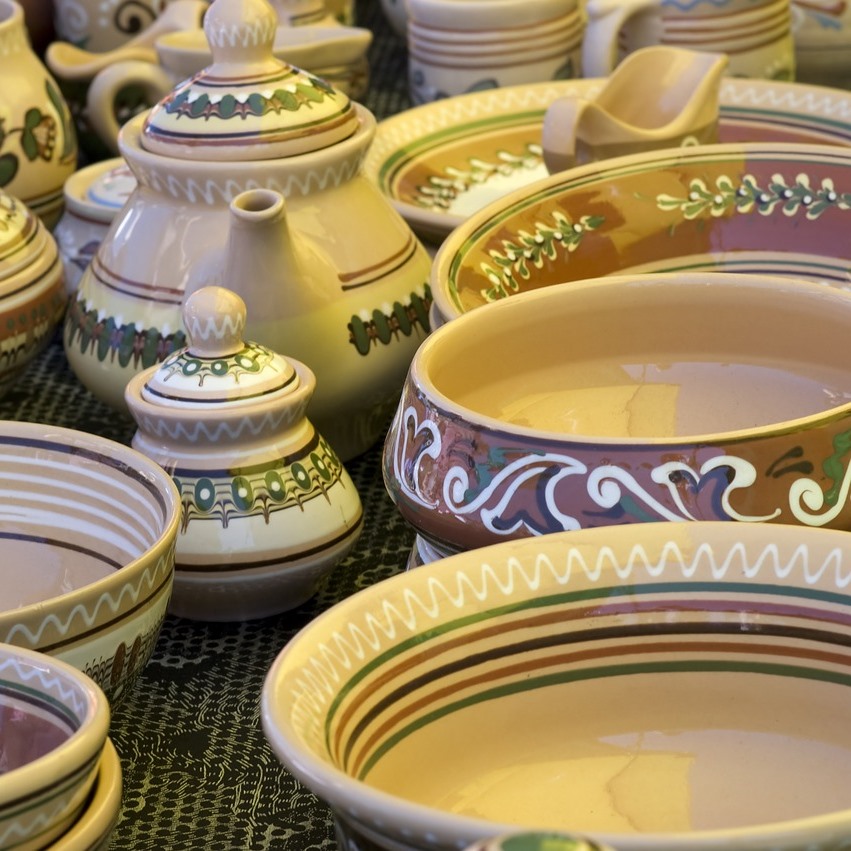Introduction
Handling fine art requires utmost care and precision to ensure its preservation and protection. Whether you are an art enthusiast, collector, or professional in the art industry, understanding the common pitfalls in fine art handling is crucial to avoid any potential damage. In this blog post, we will explore some of the most prevalent mistakes made during the handling process and provide valuable tips to help you safeguard your precious artworks.
Inadequate Packaging
Proper packaging is crucial when it comes to transporting and storing fine art. Using low-quality or insufficient packaging materials can lead to damage during handling. Ensure that the artwork is wrapped in acid-free tissue paper and protected with bubble wrap or foam sheets. Use sturdy cardboard boxes or crates for transportation, and label them clearly with fragile stickers.
Improper Handling Techniques

Handling fine art requires specific techniques to prevent damage. Always wear clean gloves to avoid leaving fingerprints or transferring oils onto the artwork. Lift paintings from the sides or bottom edges, never from the top. Avoid touching the surface of the artwork directly, especially if it is a delicate medium like pastels or charcoal.
Lifting and Carrying
When lifting and carrying artwork, use both hands and distribute the weight evenly. Larger pieces may require additional assistance or specialized equipment, such as art handling gloves or straps. Avoid placing artwork on the floor or leaning it against walls, as it increases the risk of accidental damage.
Moving Sculptures
Sculptures should be handled with extreme care to prevent any breakage or scratches. Use padded gloves or cloths to hold the sculpture securely. If the sculpture has delicate or protruding parts, consider creating custom-made crates or supports to ensure its stability during transportation.
Inadequate Climate Control
Artwork is sensitive to changes in temperature and humidity. Inadequate climate control can lead to irreversible damage, such as warping, cracking, or mold growth. Maintain a stable environment with controlled temperature and humidity levels. Avoid displaying or storing artwork in areas prone to direct sunlight, excessive moisture, or extreme temperature fluctuations.
Insufficient Insurance Coverage
Accidents can happen, even with the utmost care. It is essential to have sufficient insurance coverage for your fine art collection. Consult with an insurance professional who specializes in art insurance to ensure that your collection is adequately protected. Regularly update your insurance policy to reflect any new acquisitions or changes in the value of your artwork.
Summary
Handling fine art can be a delicate task, and even the smallest oversight can lead to irreversible damage. To avoid such mishaps, it is essential to be aware of the common pitfalls in fine art handling other . This blog post will discuss some of these pitfalls and provide practical advice to ensure the safety and preservation of your valuable artworks.
- Q: How can I avoid damage when handling fine art?
- A: To avoid damage when handling fine art, always wear clean gloves to prevent fingerprints and oil transfer. Use acid-free tissue paper or bubble wrap for wrapping and padding. Handle artwork by the edges or with two hands to distribute weight evenly. Avoid touching the surface of the artwork directly.
- Q: What are some common pitfalls to avoid in fine art handling?
- A: Some common pitfalls to avoid in fine art handling include using improper packing materials, such as newspaper or plastic bags, which can cause damage due to ink transfer or moisture buildup. Another pitfall is not properly securing artwork during transportation, leading to shifting and potential breakage. Additionally, placing artwork in direct sunlight or near heat sources can cause fading or warping.
- Q: How should I store fine art to prevent damage?
- A: To prevent damage when storing fine art, choose a location with stable temperature and humidity levels to avoid fluctuations that can cause deterioration. Use acid-free and archival-quality storage materials, such as acid-free boxes or portfolios, to protect artwork from environmental pollutants. Keep artwork away from areas prone to leaks, pests, or excessive dust.
- Q: What precautions should I take when transporting fine art?
- A: When transporting fine art, ensure that the artwork is properly packed and secured in a sturdy, padded container. Use specialized art transport services or handle artwork with extreme care if transporting it yourself. Avoid placing heavy objects on top of artwork and keep it upright to prevent bending or warping. Consider insuring valuable artwork during transportation.
- Q: How can I clean fine art without causing damage?
- A: Cleaning fine art should be done by professionals whenever possible. If you need to clean artwork yourself, use a soft, lint-free cloth or a brush with natural bristles to gently remove dust. Avoid using water or cleaning solutions directly on the artwork, as they can cause irreversible damage. If in doubt, consult a professional conservator.

Welcome to my website! My name is Christian Pittard, and I am a professional Vehicle Transporter with a passion for Fine Art Handling, Antique Shipping, Customized Packaging, and all things related to the safe and secure transportation of valuable items.

